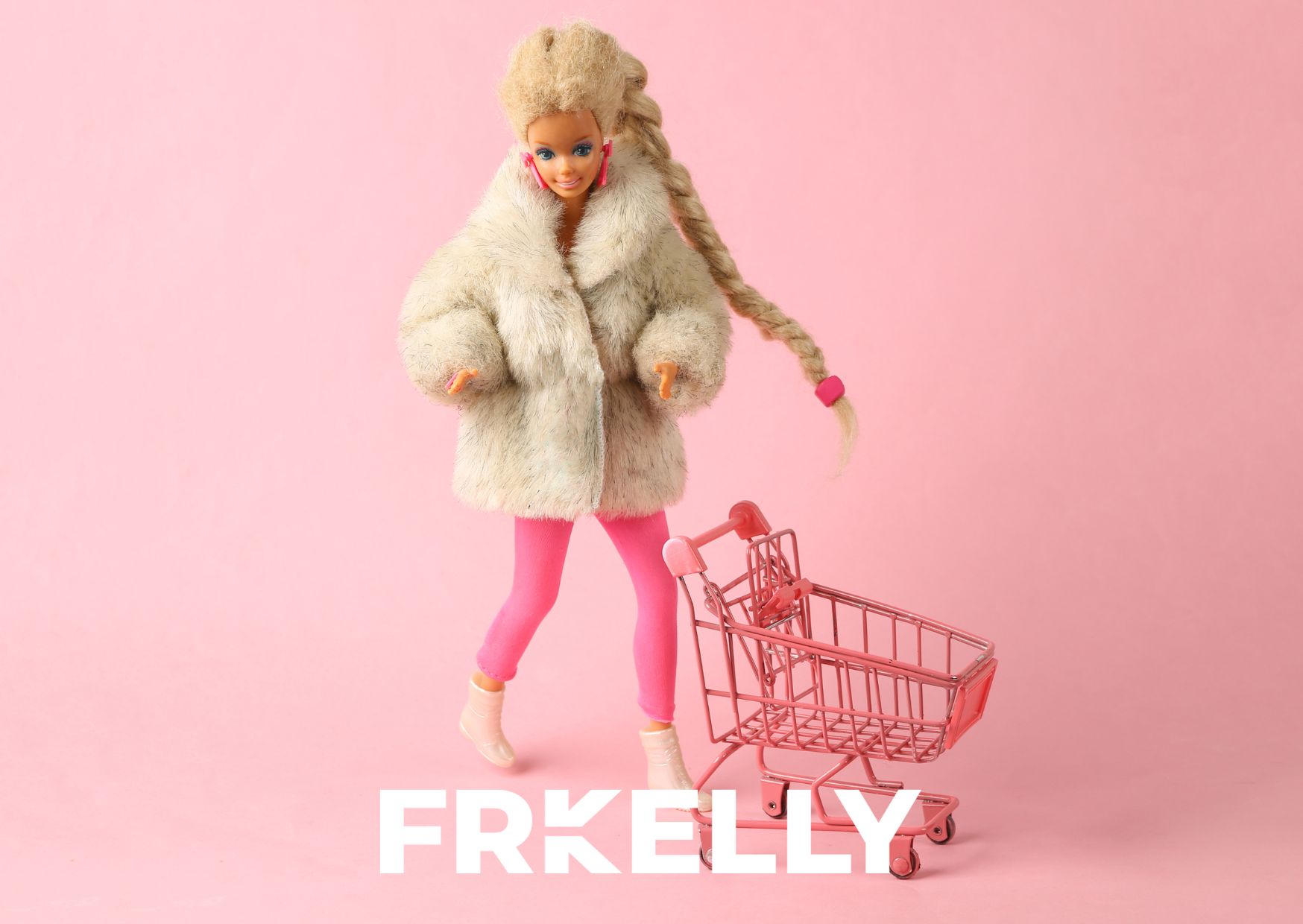EUTM Invoice Scams: German Courts deliver judgement against fraudsters
24th October 2024

After the premiere of the new Barbie movie this weekend, everyone’s social feeds are likely an explosion of pink and glitter. Unsurprisingly, the Barbie movie grossed $70.5 million in opening day box office sales last Friday. This year alone, Mattel’s Barbie division spent over $100 million on marketing their latest film. Bearing this in mind, what trade mark rights are associated with this popular brand?
The first Barbie, Barbara Millicent Roberts, a 29cm tall plastic doll, was first marketed as a toy brand for kids on 9 March 1959. Her boyfriend, with the ever-so-perfect hair, Ken, was only introduced in 1961. The first trade mark application for the word mark, BARBIE, was filed by Mattel on 2 July 1958 in Class 28 for Toys and Sporting Goods Products. The mark was then registered on 1 December 1959 and was granted the registration no 689,055. Since then, Mattel has obtained registration for other trade marks including BARBIE DREAMHOUSE, LIFE IN THE DREAMHOUSE, PRINCESS ADVENTURE, KEN and SKIPPER.
What about the famous Barbie Pink? It’s likely that everyone at this point immediately recognises the exact shade of pink associated with the Barbie brand. However, in 1997 Mattel instituted trade mark infringement, dilution, unfair competition, and false designation of origin lawsuit proceedings against Aqua’s (a Danish-Norwegian Europop band formed in 1995) label MCA Records over their '90s hit song “Barbie Girl,” (yes, Nicki Minaj and Ice Spice were not the first to create this catchy song) where Mattel claimed that they had misappropriated its “BARBIE Packaging Trade Dress,” which consists of elements, including “a colour combination of white and distinctive pink colours”.
To be precise, the Barbie Pink is known as Pantone colour 219C. As a California federal judge summarized in an August 1998, Mattel “cannot show that its use of the colour pink has acquired secondary meaning.” By way of illustration the Pantone 219C is shown below:

Pantone 219C
Trade mark registration can be obtained by a mark that is distinctive or where a non-distinctive mark has acquired a secondary meaning. This is usually the case where marks are non-distinctive or descriptive or in this case, a single standalone colour. In order to show that a mark has acquired a secondary meaning, the owner of a trade mark must be able to show that, through trade mark use over a period of time, the trade mark became recognisable to consumers and they will be able to associate the colours with the goods sold under the trade mark application. By demonstrating that Pantone 219C is associated with Barbie and other products under the Barbie brand, Mattel may now be able to secure statutory trade mark rights in their so called Barbie Pink. This is by no means an easy task, as the standard to show acquired distinctiveness is extremely high and Mattel must be able to show that they hold a substantial share of the toy market.
According to BrandFinance, the world's leading brand valuation consultancy, the Barbie brand’s IP is worth $701 million and ranked 4th in the world when compared to other toy brands. Surely taking into consideration the current brand value and use of the Barbie Pink by Mattel over the last six decades, Mattel would be able to show that the Pantone colour 219C Barbie Pink has acquired a secondary meaning through use.
Who knows, Mattel might be expanding their Barbie trade mark portfolio soon, especially after the successful opening weekend of the Barbie movie. Perhaps now they will be able to monopolise the single Pantone colour 219C for Barbie Pink.
